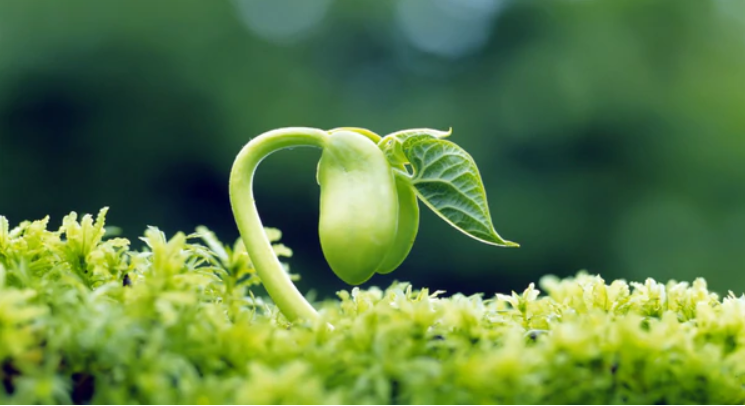


Light is one of the most essential environmental factors for plant growth. It is not only the basic energy source for photosynthesis but also an important regulator to plant growth and development. Plant growth and development are affected not only by the light intensity (photon flux density, PFD), but also by the quality of light which means different wavelengths and radiation, and their different composition ratios.Plants can detect subtle changes in light quality, light intensity, and the duration and direction of the light in a plant growth environment. Blue, red, and far-red light play a key role in the control of plant morphogenesis of light. Some light receptors such as Phytochrome (Phy), cryptochrome (Cry), and phototropin (Phot) receive light signals and initiate changes in plant growth and development via signal transduction.Here we discuss the effects of some single color light (with a specific wavelength band) on the plant growth.

Red light can suppress the elongation between plants’node, promote lateral branching and tillering, delayed flower differentiation, and increase anthocyanin, chlorophyll, and carotenoids. However, far-red (FR), in many cases, can offset the effects of red light. In the growth chamber with a white fluorescent lamp as the main light source, far-red LEDs supplementary radiation (emission at 734nm) can decrease the content of anthocyanins, carotenoids, and chlorophyll, leaving the plant stem length, leaf length, and leaf width increases.
Tomato seedlings grown under white light (including red, blue, and green) have significantly lower dry weight than that grown under red and blue light. Spectral test results in tissue culture growth inhibition suggest that the most harmful light quality is green with a peak at 550nm. In the growth of marigolds in light that gets rid of green light, the height, fresh and dry weight increased by 30% to 50% higher than plants grown under full-spectrum light.
However, there are also studies about green light promoting plant growth. In 2006, scientists concluded that supplementary green light to a combination of red and blue light (LEDs) results in inhibition of plant growth when the green light accounts for more than 50%, and while strengthening plant growth when the ratio of green is less than 24%. Effects of green are usually as opposed to the blue effect in stomatal opening. However, with treatment with a green laser, the seeds of radish and carrots can grow to twice the size of their counterpart. based on the past 50 years of Plant photobiology studies, scientists think green (580 ~ 600nm) sensing systems and blue-red sensors regulate plant growth and development in harmony.
Yellow light (580 ~ 600nm) inhibits the growth of lettuce. People compared the chlorophyll contents of lettuces grown under different light proportions of red and dry weight, far-red, blue, yellow, and UV. The result shows only yellow light (580 ~ 600nm) can inhibit the growth even more than green light.
UV radiation can reduce plant leaf area, inhibit hypocotyl elongation, reduce photosynthesis, and productivity, and make plants susceptible to attack by pathogens, but can induce the synthesis of flavonoids and defense mechanisms. UV-B can reduce the amount of ascorbic acid and β- carotene, but can be effective in promoting anthocyanin synthesis.

Leave a comment